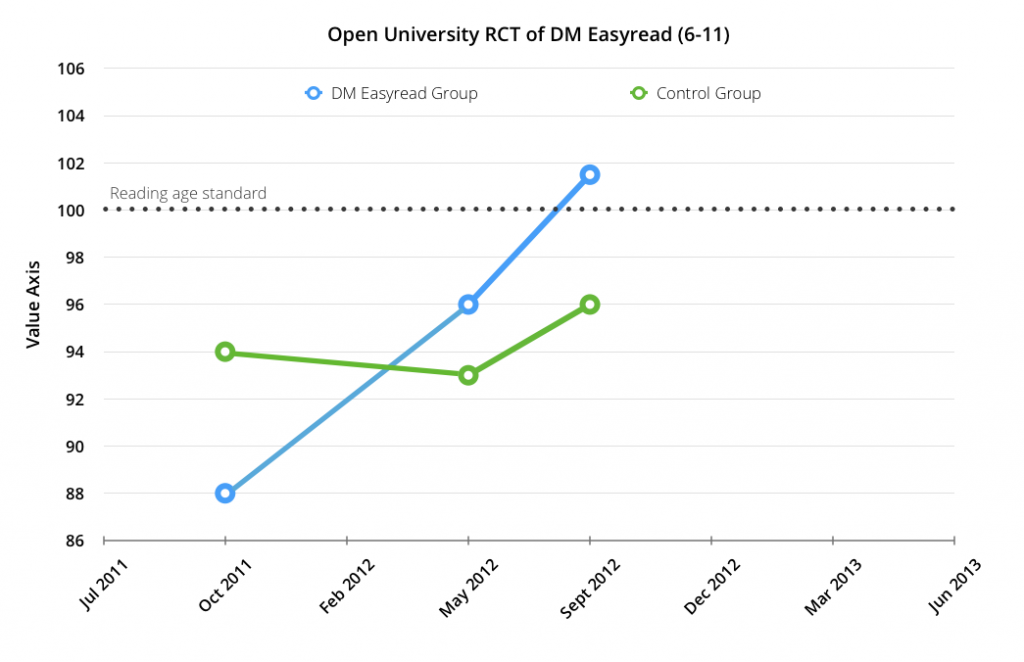Why do some children read more than others?

by Lydia Cockburn || 18 May 2018
It’s hardly news that poor readers usually read less, while good readers read more. But recent research has helped us to understand the less obvious question of why this is the case.
Does the amount a child reads make them a better reader, or does being a good reader make a child read more?
Isn’t this just a chicken-and-egg type of debate, anyway? Apparently not, according to a recent psychology study from the Netherlands.
Why some children read more than others
The findings in the study by Elsje van Bergen et al. suggested that children’s reading ability determined how much they chose to read, rather than the other way round.
Some children read more than others simply because they know how. Their reading ability is high, or rather, they have learned to read the right way, and are now able to use this skill without difficulty.
There are two important conclusions to draw from this research:
- If a child is struggling with their reading, it is not because they just aren’t reading enough.
- If a child isn’t reading very much, this is probably because they have not yet developed a strong reading ability.

So now that we know this, how can we make sure we help struggling readers effectively?
How we should help struggling readers
1. Reduce Quantity: Hold off on independent reading
A trend in some classrooms is to encourage children to do independent reading, where they go off alone and read a book of their choice. Literacy educator Timothy Shanahan points out that this approach may be unhelpful because it fails take into account the truth about how children learn.
Let’s remind ourselves of our first conclusion from Bergen et al.’s findings: If a child is struggling with their reading, it is not because they just aren’t reading enough.
When a child is struggling to read, more reading time doesn’t help. The independent reading approach wrongly assumes that exposure will improve reading ability.
Of course, once a child’s reading level is strong, then independent reading is extremely helpful, valuable and fun. But if enforced too early, it’s unlikely to make a difference to reading level.
Sometimes, the advice offered to parents whose child is struggling to learn to read is to “just read more”. If you have heard this, you know how frustrating that kind of advice can be – especially when you’ve been reading with your child for years. Now you can also better understand why it often fails to help; simply having someone read more often is unlikely to cause significant improvements in reading ability.
Exposing children to more text is not in itself an effective strategy for improving their reading. Of course, having access to a variety of books has fantastic benefits, but it will not teach children to read.
In reality, it’s the style of reading practice, rather than the amount of it, that needs to be adjusted in order for the child to start making progress.
2. Increase Quality: Teach your child to decode
If a child isn’t reading very much, this is probably because they have not yet developed a strong reading ability.
As a result, the focus of reading instruction (and especially intervention) needs to be on actually teaching the child to decode, so that their reading ability can grow. This will ultimately lead to them reading more.
It’s important to remind ourselves that we humans don’t acquire the written language through exposure to text as we do the spoken language through exposure to speech. Children don’t just start reading when they’re ready in the way that they do when they start to talk! We therefore need to teach every child how to read before encouraging independent reading.
There is understandably some resistance to this view because the process of learning which letters correspond to which sounds (conventional phonics) is – frankly – very boring! On top of this, for many children, this way of learning is extremely difficult, leading to a low reading ability or dyslexia. There are several reasons for this difficulty which you can read about here.
Shanahan rightly asks, “why not just try to make reading instruction itself more dynamic, interesting, valuable, and social?”
This is something we have found to be possible by using a visual phonics approach which is designed to make decoding much easier for learners. In the early stages of building up the decoding skill, quality of practice is far more important than quantity; our online lessons take just 10-15 minutes, and are made up of computer games which get the children decoding words with the help of trainertext visual phonics.
Fun and efficacy are not mutually exclusive, either; research by the Open University found the lessons to dramatically improve the reading level of children who were below grade level beforehand in around 6 months of daily lessons.
This shows that very short reading sessions, done regularly, can be really effective.

What you can do to help
We’ve established that for most struggling readers, their difficulty is not a result of the amount of text they encounter; rather, they read less because of their difficulty.
To wrap up, here are some tips for helping your child in light of this understanding:
1. Keep reading sessions short. The amount of text read is not the important thing – it’s the quality that counts.
2. Encourage your child to decode words, and endeavour to make it as fun as you can!
3. If decoding words is hard for your child, you will need to work out what is causing their difficulty using this guide: https://dm-ed.com/info/8-causes-of-reading-difficulty/ It’s by identifying the cause that you can find a solution.
